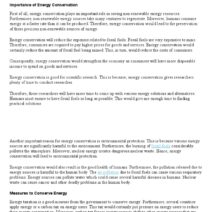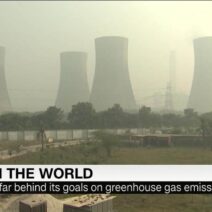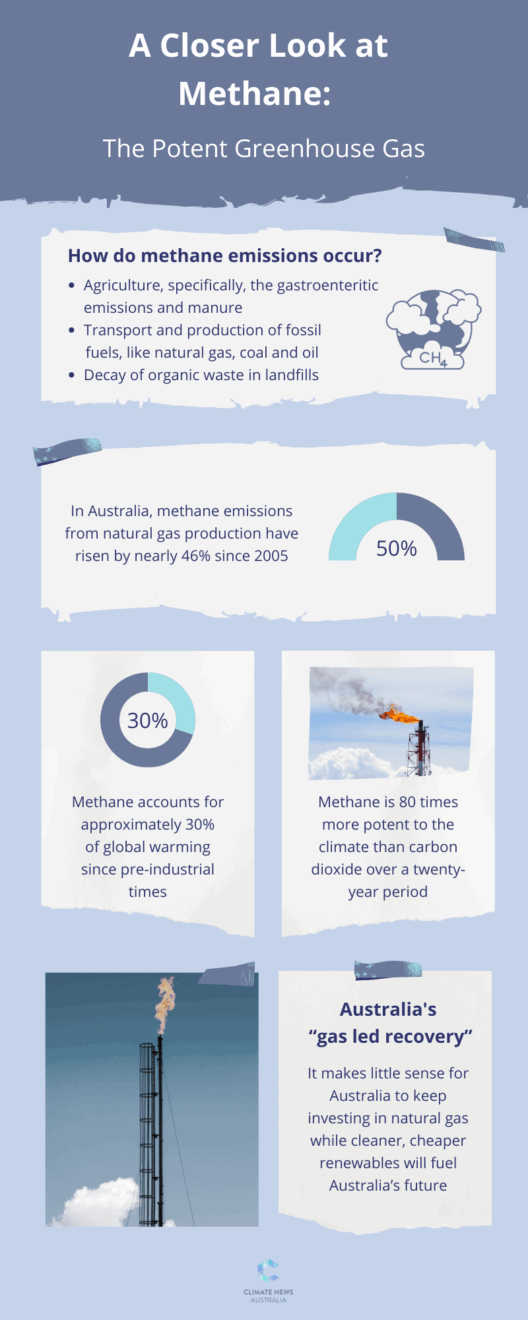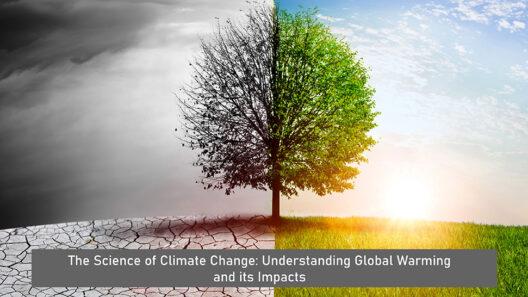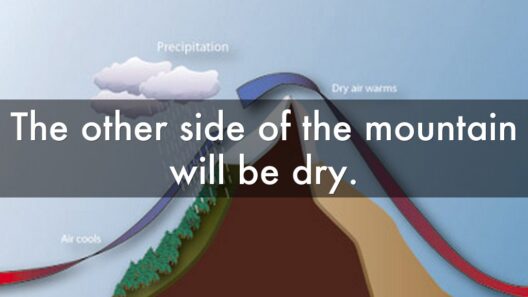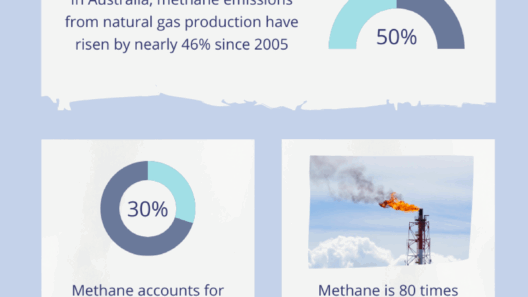Climate change, a term often tossed around in conversations about the environment, evokes a host of dire predictions about our planet’s future. But have you ever paused to contemplate how this phenomenon transcends geographical boundaries? What are the implications of climate change, not just locally, but globally, across various ecosystems? This inquiry goes beyond mere observation; it delves into the intricate web of ecological relationships that bind our planet’s biodiversity.
The ecosystems inhabiting our Earth are multifaceted networks, where organisms, climates, and landscapes interact with one another in a delicate balance. These systems range from lush temperate forests to arid deserts and from the frigid polar regions to verdant wetlands. Each ecosystem functions like a finely tuned machine, where every component plays a critical role. However, the omnipresent threat of climate change introduces a chaotic element into this equation, consequently altering the dynamics of life worldwide.
One of the most alarming manifestations of climate change is the alteration of climate patterns. Rising global temperatures precipitate cascading effects that can be observed in local ecosystems. For instance, consider the majestic coral reefs, often referred to as the “rainforests of the sea.” As ocean temperatures rise, coral bleaching becomes increasingly prevalent, leading to the disintegration of these vibrant ecosystems. When coral reefs, which provide habitat and sustenance for countless marine species, start to decline, the repercussions extend upstream and downstream in the food web, ultimately threatening commercial fisheries and the livelihoods of communities that depend on them.
But coral reefs are just one piece of the puzzle. The unpredictability of climate also affects terrestrial ecosystems. For example, the American West has witnessed a dramatic increase in wildfires, fueled by prolonged drought and rising temperatures. The forests that once thrived are now vulnerable to insect infestations and diseases, which can decimate entire tree populations. The loss of forests not only threatens biodiversity but also disrupts the carbon sequestration capabilities of these ecosystems, exacerbating climate change—a vicious cycle that seems inescapable.
Yet, the impacts of climate change are not contained within specific regions; they ripple outward, influencing ecosystems far removed from the initial disturbance. Take the Arctic region, where melting ice caps are altering migratory patterns of species ranging from caribou to migratory birds. As these animals adjust their routes in response to changing climates, they inadvertently disrupt the feeding and breeding practices of other species reliant on their presence. The delicate balance of predator and prey begins to falter, reverberating through the entire ecosystem.
The interconnectedness of ecosystems is further illustrated by the phenomenon of invasive species. When climate change alters habitats, it creates opportunities for non-native species to invade and thrive in new territories. These invaders often outcompete local flora and fauna for resources, leading to declines in biodiversity. From the flourishing kudzu in the Southeastern United States to the rapidly expanding lionfish in the Caribbean, invasive species not only disrupt local ecosystems but also result in significant economic costs related to management and restoration efforts.
Have you ever considered what it means for a species to become extinct? As ecosystems are increasingly disrupted, the risk of extinction elevates. The IUCN Red List identifies thousands of species currently facing this grim fate, with climate change cited as a contributing factor. Each lost species represents not just an individual tragedy but a loss of genetic diversity and ecological function. In essence, it is like a piece being removed from the intricate puzzle of life on Earth, making the completion of that puzzle increasingly elusive.
The impacts of climate change are profound, but they also present an opportunity for action. Both local and global communities must confront these challenges head-on. This starts with understanding that climate change does not respect borders; its effects are a shared burden. Local initiatives, such as habitat restoration projects, tree planting, and sustainable land management practices, can serve as critical agents of change. By reforesting areas, managing invasive species, and protecting endangered habitats, communities can bolster the resilience of their ecosystems.
Moreover, the global community must unite in addressing climate change at its root. International agreements, such as the Paris Accord, seek to limit greenhouse gas emissions and promote sustainable development. However, the implementation of these agreements is where the real challenge lies. The disparity in resources and capacities between nations complicates global efforts. Developed nations often bear a greater responsibility, yet developing nations typically face the frontline consequences of climate change. Hence, fostering a spirit of collaboration and mutual support is imperative.
Communication plays a vital role in these efforts. Education campaigns that raise awareness about the interconnectedness of ecosystems can galvanize community action aimed at addressing climate change. It is incumbent upon individuals, corporations, and governments alike to share information and strategies that promote sustainability.
Ultimately, the question persists: how can we effectively combat the threats posed by climate change? Though daunting, the challenge is surmountable with determined collective effort. By recognizing how climate change influences ecosystems from local to global scales, we can better understand our interconnectedness. It begins with engaging in conversations, fostering education, advocating for policy changes, and becoming proactive stewards of our planet.
As we navigate this complex landscape, let us remember that the fate of ecosystems everywhere might just depend on our actions today. The question echoes—are we prepared to rise to the challenge for the sake of our fragile Earth?
